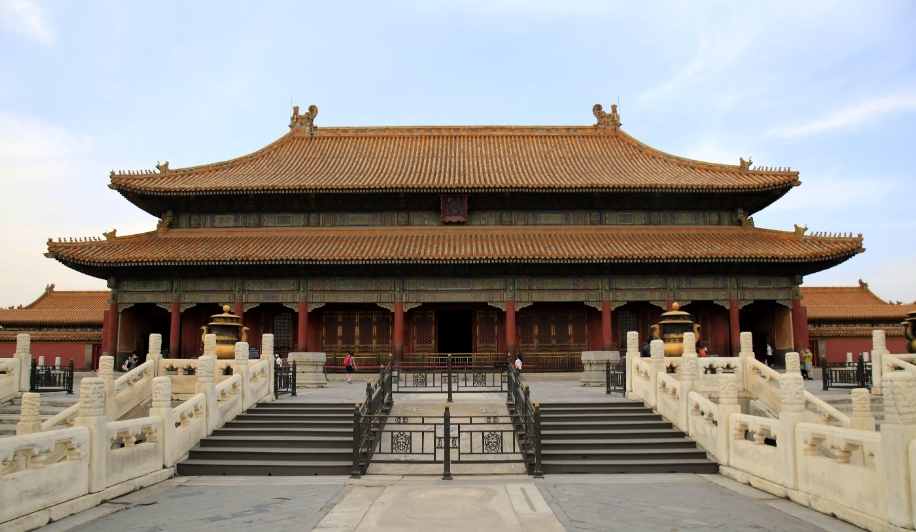
The Hall of Heavenly Purity: A Glimpse into Imperial Power
Standing tall in the heart of the Forbidden City, the Hall of Heavenly Purity, or Qianqing Gong in Chinese, served as a vital center of power during the Ming and Qing dynasties. While its purpose evolved over time, it remained a place imbued with imperial authority and grandeur.
A Royal Residence and its Transformation:
Initially, the Hall of Heavenly Purity served as the living quarters for the Ming Dynasty emperors. They conducted daily life within its walls, making it the true heart of the imperial palace. However, this changed during the reign of the Qing Dynasty's Yongzheng Emperor. He decided to shift his living quarters to the smaller and cozier Palace of Mental Cultivation (Yangxin Dian) located just to the west.
The Rise of an Audience Hall:
Following this shift, the Hall of Heavenly Purity transformed into a grand audience hall. It became the stage for significant events and ceremonies. The emperor held court here, receiving important officials, foreign envoys, and dignitaries. This is where matters of state were discussed, edicts were issued, and power was demonstrably exercised.
A Glimpse through the Door:
Even today, visitors to the Forbidden City are not allowed to enter the Hall of Heavenly Purity. However, they are granted a tantalizing glimpse into its majestic interior. Through the open doors and windows, one can witness the grandeur of the throne room. The most striking feature is undoubtedly the magnificent dragon throne, a symbol of imperial authority and power, placed prominently within the hall.
Symbolism and Significance:
The Hall of Heavenly Purity remains a powerful symbol of China's imperial past. Its name itself, "Heavenly Purity", reflects the Confucian principles of righteous and moral governance that were expected of the emperor. The very architecture of the hall, with its intricate carvings, soaring ceilings, and strategic placement on a raised platform, all contribute to an atmosphere of awe and reverence for the emperor's position.
Q&A:
Q: What dynasty first used the Hall of Heavenly Purity as a residence? A: The Ming Dynasty emperors were the first to use the Hall of Heavenly Purity as their primary living quarters.
Q: Why did the Yongzheng Emperor decide to move his residence? A: The reasons are debated, but it is believed that the Yongzheng Emperor preferred the more modest and private setting of the Palace of Mental Cultivation.
Q: What can visitors see of the Hall of Heavenly Purity today? A: While entry is restricted, visitors can see the throne room and the magnificent dragon throne through the open doors and windows of the hall.